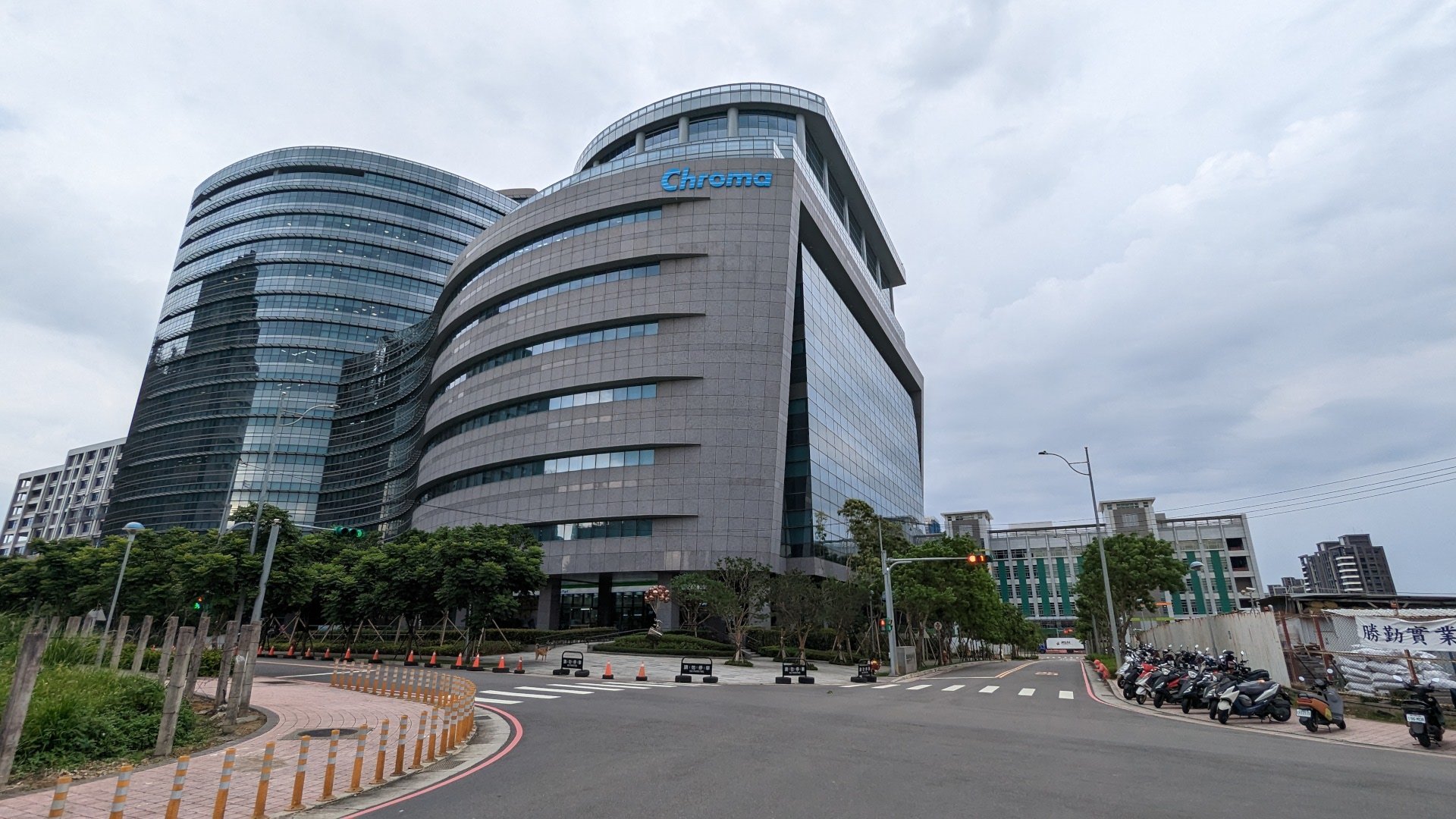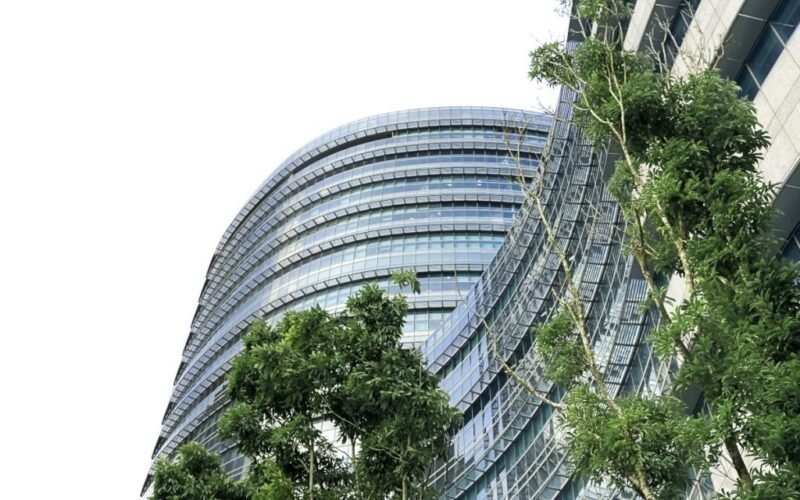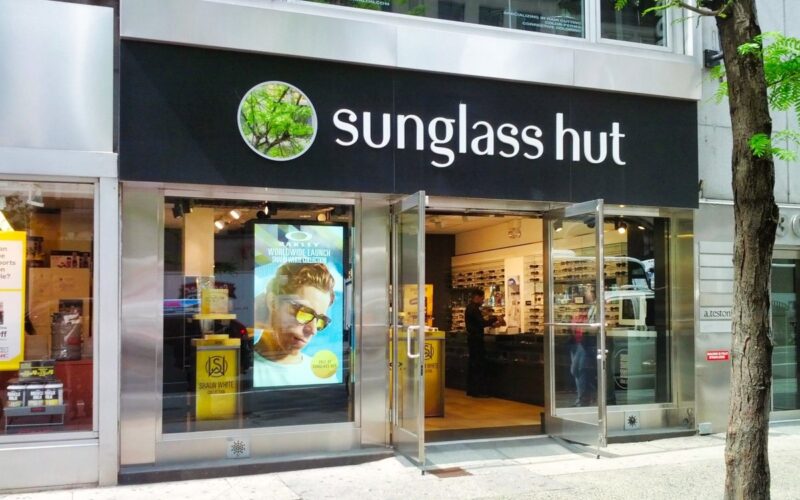Taipei | The challenges for outdoor digital signage are much greater than just making it bright. Totems have to withstand wind, weather and vandalism as well as efficiently dissipate heat. invidis visited Dynascan in Taiwan to learn more about the design and production of outdoor displays and totems.

Dynascan: Visiting the Outdoor Experts
In the digital signage industry, there are some lesser known specialists who are globally recognised as experts in their field. One of these hidden champions is the Taiwanese manufacturer Dynascan, who is celebrating its 25th anniversary this year. The company belongs to the top 3 global providers for sunlight-viewable displays. Although it is difficult to compare exact numbers, Dynascan sells roughly the same amount of units as Samsung and LG.
However, in contrast to Samsung and LG, Dynascan does not only specialise in the development and production of high brightness displays, but addresses outdoor in a holistic way – including the development of totems. Outdoor totems and smart city kiosk systems are a complex matter. First of all, they must be weatherproof and resistant to moisture and dust. The robustness is measured in IP classes according to EN 60529.

The first digit indicates the degree of protection the enclosure provides against the ingress of solid foreign objects – from tools or fingers that could be dangerous if they come into contact with electrical conductors or moving parts, to airborne dirt and dust that could damage circuits. Dust ingress can quickly destroy sensitive electronics. For this reason, underground stations rank as one of the most complex environments for digital signage – because of the dust the breaks generate.
The second digit defines the protection of the inside equipment against various types of moisture (water drops, splashes, submersion, etc.). Digital signage outdoor totems should ideally offer IP65, which indicates that the electronics are completely protected against dust ingress and normal water pressure.

To test water resistance, Dynascan has a dedicated hurricane chamber in its headquarters on the outskirts of Taipei. Another threat for outdoor displays are strong wind loads. As storms are becoming more frequent, not only in Asia but also in Europe, the totems need to have a stable floor foundation. The protective glass also needs to be resistant to not only withstand wind but also possible vandalism attacks. The higher the IK value (1-10), the more resistant the display glass is. Especially for free-standing Smart City and DooH totems, a robust design is extremely important.

Heat Is the Enemy of Electronics
The biggest challenge of high brightness displays is heat management. Not only do sunlight-viewable displays with up to 5,000 nits emit a lot of heat – the heat input from the sun can generate ambient temperatures of up to 80° C. To cool the display and the electronics, open-frame displays are a common solution. Dynascan’s design cools not only the back but also the space between the glass and the display. This is where the sunrays from outside generate the highest amount of heat.
It is also important that the cooling circuit is completely separated from the outside air. The heat is dissipated via heat exchangers, so that dust cannot penetrate the case. To ensure proper function in practice, Dynascan tests both summer and winter conditions in extensive climatic chamber tests.

In general, it is fascinating to experience how elaborate Dynascan’s test processes are. In the recently opened head office, Dynascan is able to simulate all weather conditions and electromagnetic influences. With such testing capacities, smaller totem and kiosk manufacturers cannot compete. Dynascan is probably the only manufacturer worldwide who can test complete totems and kiosk systems in such an elaborate way. Of course, display providers also test their screens with immense effort, but with pillars, the entire integration has to be tested. This is one reason why the world’s leading outdoor advertisers rely on Dynascan for transit shelters and free-standing DooH screens.
- Temporarily: McDonald’s Ditches Menu Boards
- Samsung Freestyle+: AI Boost and Double Brightness
- Outlook 2026: Retail Media, DooH and AI Drive Growth in a Challenging Year
- Save the Dates: The Global invidis Event Calendar 2026
- Times Square NYE: The World’s Most Watched Billboard
